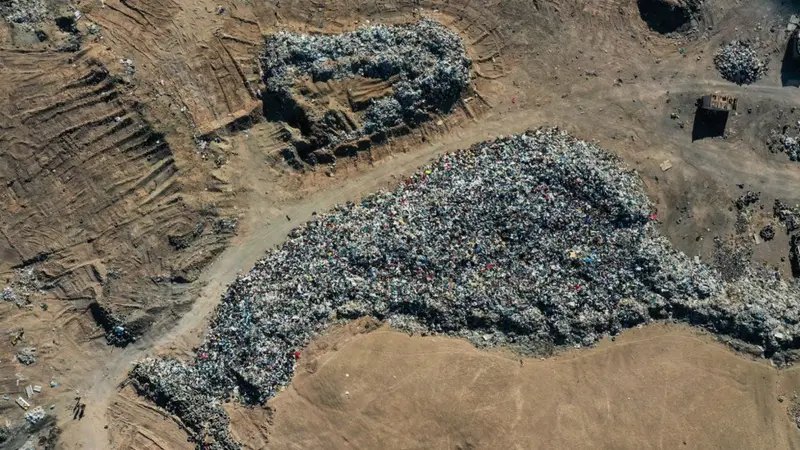Chile is a country full of natural reserves, among which mountain ranges, volcanoes, forests, beaches, etc. stand out. And specifically, in the north of the country in the Antofagasta region, is the natural reserve known as the second driest land area on the planet: The Atacama Desert. A place that in recent years has been affected by the large quantities of clothing that end up staying in the area.
The extreme consumerism experienced throughout the world has caused more than 59,000 tons of clothing to be imported into Chile, covering approximately 300 hectares of this desert. According to the Economic Complexity Observatory, Chile is the largest importer of used clothing in South America, covering a percentage of 90%.
But, the most affected area is the Alto Hospicio Commune, located in the Province of Iquique; where trucks loaded with used clothing are transported daily, which come from distant countries such as: India, Pakistan, Ghana, etc. These clothes tend to be collected by people who are responsible for reselling them at flea markets or second-hand fairs; In fact, this trade takes place in “La Quebradilla”, being one of the largest open-air markets in Chile.

And although a large number of garments manage to be collected, after a selection that involves searching if they are not in bad condition; The truth is that most of the clothing is deteriorated, which is why these imports end up being discarded and accumulating in piles of clothing covering kilometers of desert.
The above has brought with it multiple consequences, such as: Environmental pollution. A large part of the garments are made from synthetic fibers such as polyester, which causes a risk to the ecosystem as it takes approximately 200 years to disintegrate. Furthermore, polyester, being a textile that is obtained from the fossil fuel that is oil, when it begins to wear out, it releases microplastics that spread through the atmosphere.
Likewise, in the Atacama Desert there are areas where you can see burnt clothing; these fires turn out to be a big problem, since due to the smoke generated there is the possibility of causing cardiorespiratory diseases in the inhabitants who live nearby.
Given all these problems, in 2021 the Ministry of the Environment announced that in the Law on Recycling and Extended Producer Responsibility (EPR), textiles would be incorporated as a priority product in the law, since textile importers are not responsible. of the waste they produce. However, there is still a lot of work to do, since the regulations are intended to incorporate a circular business model, where product recycling is promoted.

Although, before this integration was made into the Law, there were already projects that encouraged themselves to find a solution, such as EcoFibra, a company directed by Franklin Zepeda, which is responsible for recycling and transforming textile waste. , for example, is developing a tile made of jeans and acrylic with photovoltaic cells for autonomous energy generation. Likewise, Ecocitex is another company that converts these used clothes into clothing thread.
Undoubtedly, the attempt to reduce this environmental damage entails great effort, but the results will be worth it, since the Atacama Desert deserves to once again show the world the value of its natural reserve.



